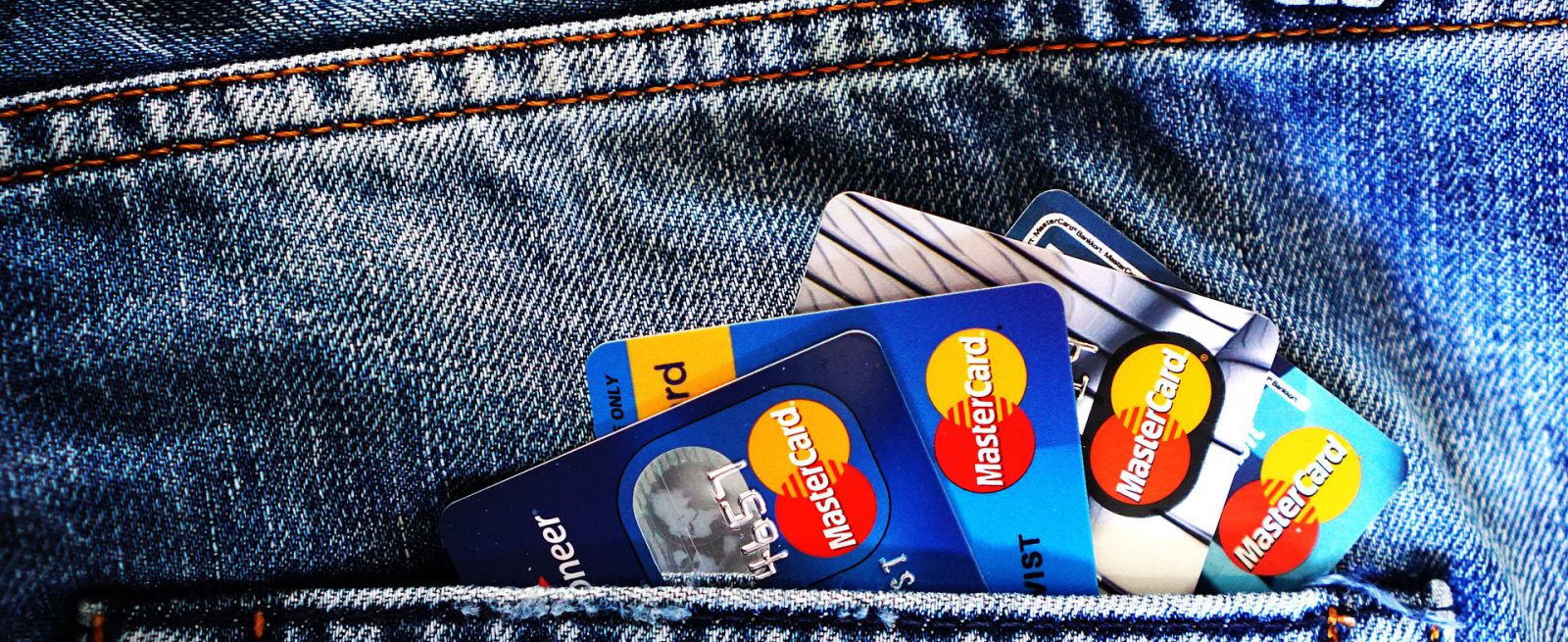What Restaurants Need to Know About the Mastercard 2-Series BIN Expansion
5 Min Read By Nicole Bryan
The payments sphere has changed dramatically in the past few decades, so much so that it sometimes feels as if it is an entirely new landscape. With unattended payment solutions, mobile wallets, and EMV chip cards, gone are the days of carrying cash as a main form of payment. One of the biggest changes to the payments industry is happening at this very moment – the global payments giant, Mastercard, is in the process of expanding to its new 2-series card account numbers, from 222100 to 272099.
The digits at the beginning of the card number are known as the BIN, or bank identification number, and are pivotal in matching the card issuers to the transaction. Mastercard’s previous cards began with the number 5. The push for the 2-series BIN cards began years ago to accommodate explosive card account growth. The original date for merchant compliance was January of this year, but Mastercard extended the deadline by six months to June 30th. With almost a month since the June deadline passed, Mastercard has begun testing terminals for compliance. If a merchant has been caught, their acquirers could be subject to fines of up to $25,000 per month.
Restaurant owners and other business owners need to have point-of-sale systems that support this new range of Mastercard numbers. If an establishment does not have a POS system that supports the new BIN range, Mastercard or the processor themselves may issue penalties. Even one penalty could destroy a small restaurant operation. Though the deadline has passed, it is not too late to act now.
Why is Mastercard Adding Numbers?
Mastercard is essentially doubling the number of cards to address the rapid growth in digital commerce. Decades ago, thousands of cards were circulating around, today that number is closer to about nine billion. In an interview with Andrea Gilam, the Mastercard SVP for Franchise Development, PYMNTS.com noted “Gilman says that this move is critical since the use of existing BINs has accelerated to the point of activation that nobody would have envisioned several years ago. Gilman pointed out that just a few decades ago, there were 38,000 cards in the field; today there are roughly 9 billion. As more digital end points involving commerce emerge, she emphasized that the ability to issue more cardholder accounts and support new types of digital credentialing via tokenization becomes paramount. Adding their new BIN range is one important step in giving issuers those tools and that flexibility.”
Along with the expansion to support a growing customer base, the additional BIN range will provide a number of other benefits. There will be increased opportunities for innovation, as well as added functionality to the range. The BIN strategy will satisfy the number of growing customers and make way for innovative new products.
What Does This Have To Do With Restaurant Payment Processing?
Restaurant owners more than likely did not get into the hospitality business because they love the payment processing industry. Although restaurant owners have a lot of other aspects of their business to worry about, it is impossible to get by without a deeper understanding of the payments industry. Every time a customer makes a purchase at a restaurant, they are entrusting that establishment with their credit cards and personal information. Just as a customer expects to have the best dining experience, they also expect to have their sensitive data handled with care.
If the POS system set in place does not meet essential security requirements, the restaurant-customer relationship becomes compromised, hindering the reputation. It is important to have a system that offers security measures such as P2P encryption, tokenization, and EMV chip card technology. EMV in particular, is a huge reason why it is so important to be aware of changes in the payments industry. During the Liability Shift of 2015, the payments industry underwent a huge liability shift, moving the responsibility onto merchants themselves. Running a restaurant also means dealing with payments industry changes, the recent changes to Mastercard BIN range being a huge part of that.
Why Does The New Mastercard BIN Range Matter for Restaurants?
Though Visa is largely considered the largest payments company, dealing with 139 billion transactions, Mastercard is a payments giant in itself. The company’s stock has risen by 481% since March of 2008, and in 2016 they negotiated 67.3 billion transactions, which accounts for 26% of global volume. Mastercard has made headway on the innovations front, introducing huge technological advancements through Mastercard Identity Check. The addition of the new BIN range is another example of Mastercard’s commitment to innovation through adaptability in order to focus on future growth. It is critical for restaurant owners to accept any Mastercard-using customer, without having to go through the commotion of explaining why you potentially cannot accept a payment. The new Mastercard BIN range presents an opportunity for restaurants to build on profits, by accepting even more payments.
Is Your POS Compatible with New Mastercards?
If Mastercard cards are not going through at an establishment, that means that the system may not be optimized for the newest BIN range, “Card Present/ Point of Sale Terminals will need to be updated. If you have purchased your own terminal or if you are a merchant with multi-lane checkout solutions, you may need to contact your supplier/ provider for an update. Merchants with terminals provided and supported by your acquirer or ISO [independent sales organization] should contact them for information but they will likely be rolling out updates automatically.”
Fortunately, mobile POS systems are built with software that is adaptable and can adapt to industry changes. However, older POS machines that are no longer sold/ supported by the manufacturer, may not be eligible for the update. The last thing a restaurant owner wants or needs is a transaction that is unable to be processed, potentially holding up other sales and losing business. Many retailers and restaurants operate with older point-of-sale systems that are bigger and immobile versions of the latest payment technology. Those kinds of POS systems require on-site maintenance and usually have less-than-reliable servers, compared to mPOS and cloud-based servers.
If a business owner is unsure about their POS systems compatibility with the new Mastercard BIN range, here are two things they can do:
• Contact their processor immediately.
• Contact Mastercard via email at: 2series_test_cards@mastercard.com to request a 2-series test card. More information can be found here.
What is the Best Way for Merchants to Prepare Their POS System?
The keys to having the best POS solution is flexibility and preparedness. Mastercard is not the first payment change to affect the payments industry and it certainly will not be the last. The EMV Liability Shift had a rough start due to slow adoption. Merchants and customers alike suffered from that rough start. Even merchants who had EMV ready terminals suffered from issues with waiting for a qualified technician to certify their equipment, which caused massive headaches for consumers who were unsure if they could use their chip cards or not. EMV provides the perfect example as to why preparedness is crucial.
The future of the restaurant and payments industries are unpredictable, but one aspect of them are certain: business owners are the ones that help to shape it. Keeping employees informed on what is happening in the industry and ensuring all technology is updated will keep a business ahead of the game. Clear communication with staff needs to be more than just between table busters, waitresses, hostesses, and cooks. Present employees with a larger context to why the payments industry is so important to their job and the transition into accepting Mastercard BIN ranges will be a piece of cake. If a restaurant owner has yet to update, it is imperative they get the ball rolling now.


